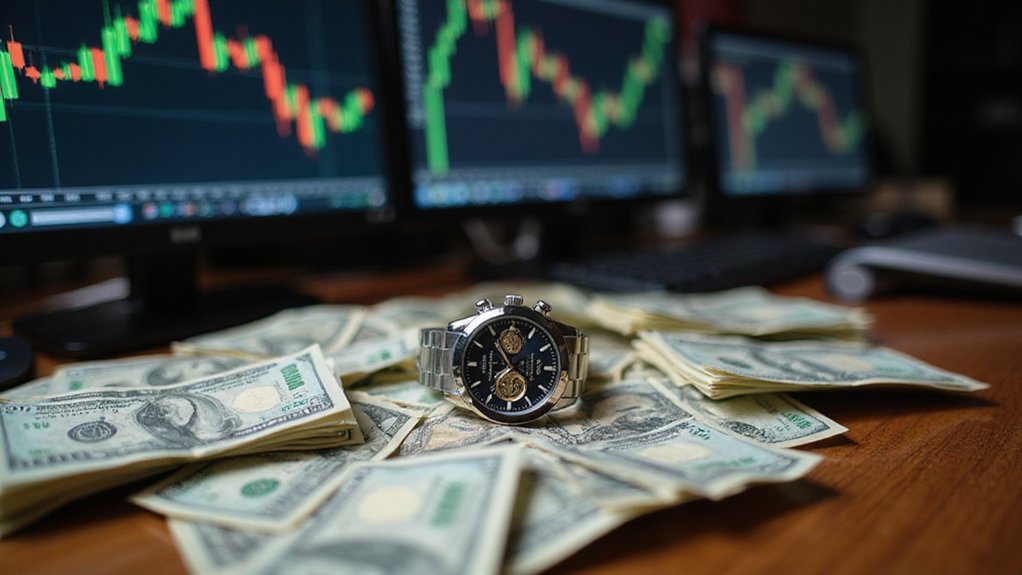In the shadowy battlefield of digital finance, cryptocurrency exchanges Binance and Kraken have recently fortified their ramparts against an enemy perhaps more insidious than external hackers: threats from within. Both exchanges successfully repelled social-engineering attacks similar to those that plagued Coinbase, leveraging robust internal policies and security technologies to maintain their defensive posture.
The landscape of crypto security continues to evolve beyond mere technological safeguards. Binance confronted attempts to compromise its integrity through bribes offered to customer service agents—a tactic that underscores the psychological dimensions of modern cybersecurity threats. Meanwhile, Kraken demonstrated remarkable counterintelligence acumen by identifying a North Korean operative who had attempted infiltration through their hiring process, advancing the application specifically to gather intelligence on the adversary’s methods.
Not all insider threats emerge from external infiltration, however. Binance recently navigated the treacherous waters of actual employee misconduct when an insider was caught front-running token listings—purchasing cryptocurrencies before public announcements to profit from the inevitable price surge. The exchange’s response was swift and decisive: suspension of the employee, initiation of legal proceedings, and disbursement of $100,000 among four whistleblowers who exposed the malfeasance.
Front-running by insiders represents the dark underbelly of crypto’s promise—betrayal from within the guardians of the gateway.
Critics note that Binance rarely publicizes such internal breaches, raising questions about transparency in an industry already struggling with regulatory skepticism. The incident potentially transgresses securities regulations in certain jurisdictions, complicating the exchange’s regulatory landscape.
Both exchanges have implemented thorough measures against market manipulation, including staff suspensions and banning certain market makers. Their successful defense against sophisticated phishing campaigns—which employed tactics similar to those that compromised Coinbase—highlights the importance of employee education and vigilance.
Throughout these challenges, customer data remained secure—a proof of the exchanges’ security infrastructure. As cryptocurrency values continue to attract sophisticated criminal enterprises, the industry’s survival increasingly depends on countering not just technological exploits but also the human vulnerabilities that often prove to be the weakest link in the security chain. The implementation of the EU’s MiCA regulation will require these exchanges to enhance market integrity and consumer protection through stricter disclosure and supervision requirements by December 2024.









